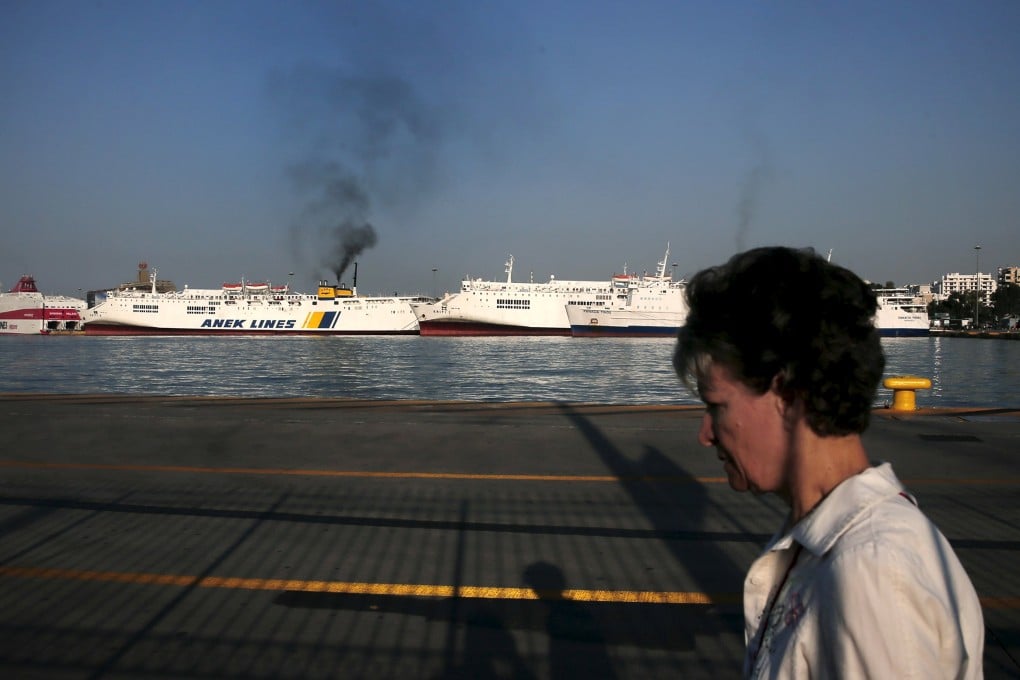Chinese think tanks also need to 'go out', to raise the quality of their work
Yan Shaohua says the country's growing investments abroad must be guided by good risk analysis - a challenge its experts cannot meet without on-the-ground experience

In recent years, Chinese investments overseas have increased rapidly, following China's entry into the World Trade Organisation and Chinese companies' "going out" strategy. This phenomenon is probably going to be accelerated by President Xi Jinping's "one belt, one road" initiative.
At the EU-China summit at the end of last month, the decision by the two sides to develop a co-investment vehicle is but one example of China's ambition to continue its march into one of the world's most developed markets.
The path for Chinese companies that have "gone out" has not been totally smooth. Earlier this year, the Greek government's threat to suspend privatisation of the Chinese-funded Piraeus port and the new Sri Lankan government's decision to review a China-backed port city project were reminders to Beijing of the potential political risks ahead.
The shockwaves these cases have created in the Chinese media also indicate that there is a lack of systematic analysis of the risks "in the "one belt, one road" countries, a role that could be played by Chinese think tanks - provided that they, too, "go out".
Risk analysis of Chinese investment overseas requires empirical knowledge, information and data about the foreign environment. Beijing largely realises this, as evidenced by its call last year to develop "new types of think tanks with Chinese characteristics", with a view to providing intellectual support for its national and global governance. Consequently, a large number of new think tanks have been established in China, leading to a "Great Leap Forward" in their development.
However, the quality of their output is far from sufficient to cater to the realities. Chinese thinks tanks have been trying to carry out risk assessments of the countries along the "one belt, one road", but much of the analysis is superficial and blind, as it is done behind closed doors, inside China.